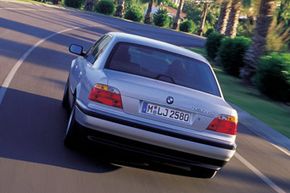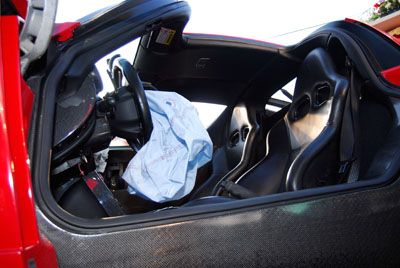Brake systems used to be simple. When you pressed the pedal, a mechanical system physically used brake shoes to stop the car at the wheels. While the friction of brake pads is still at work when you stop your car, electronic advances like ABS, brake assist and now brake override systems have changed what happens between putting your foot down and stopping the car. There isn't necessarily a direct connection between your foot on the pedal and the brake pad on the wheel.
Brake override is also known as a smart pedal. In these brake systems, sensors recognize when the gas pedal and brake pedal are being pressed at the same time. They also recognize that this isn't how people normally drive, and that something is going wrong. The car's central computer then has a variety of ways it can slow the car down safely.
Advertisement
The technology was first used in the BMW 750 in the late 1980s as a performance enhancement for heel-and-toe race-style driving , in which a driver uses the heel and toe of one foot to control two pedals at the same time. Every BMW built since 2001 has had brake override. Chrysler was the next manufacturer to use brake override in its 2003 models. These days, several car manufacturers use the technology, with more soon to follow [source: Motavalli].
Speaking of technology, let's take a look at what's involved in a brake override system on the next page.
Advertisement


